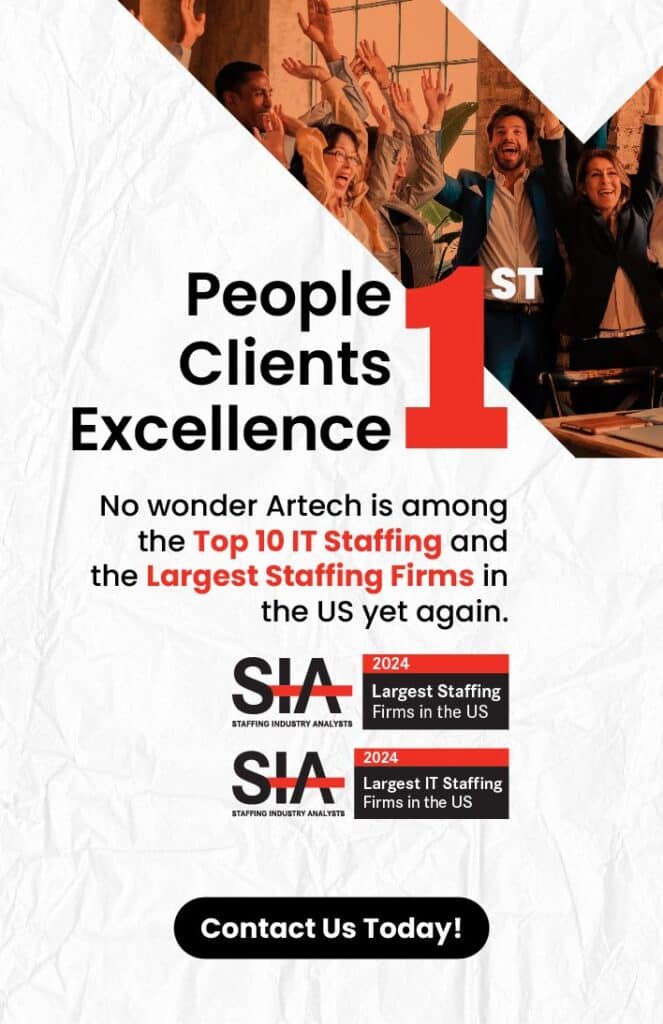
Blogs Images 1 04
In an age where business landscapes and workforce dynamics are rapidly evolving, effective workforce management has become more crucial than ever. This blog post delves into the strategies that form the backbone of building a future-ready team, ensuring your organization stays agile and competitive.
Strategic Workforce Planning
Strategic workforce planning is the foundation of effective workforce management. It involves aligning the organization’s human capital needs with its business goals, ensuring the right number of people with the right skills are in the right place at the right time. To do this, companies must analyze current workforce capabilities, forecast future needs, identify skill gaps, and implement recruitment or training programs accordingly. By adopting such workforce management strategies, organizations can prepare for tomorrow’s challenges today.
Encourage Hybrid Working
Hybrid working has become a key part of managing a modern workforce, offering flexibility and ensuring work can continue smoothly, no matter where employees are located. By combining in-office and remote work, companies can access a larger talent pool, lower costs, and boost employee happiness. Technology makes it easy to collaborate and stay productive from anywhere. Supporting hybrid work shows that companies are modern and adaptable employers.
Let Employees Experiment with Their Work
Innovation is key to staying ahead in today’s fast-paced environment. Allowing employees to experiment with their work can lead to new ideas and improvements in processes, products, or services. This strategy encourages a culture of innovation where employees feel empowered to try new approaches and challenge the status quo. When employees are given the autonomy to experiment, it can lead to greater engagement and a sense of ownership over their work.
Update According to The Workforce’s Changing Needs
A static workforce plan is a thing of the past. Effective workforce management means being able to pivot and adapt to the workforce’s changing needs. This could mean upskilling employees as new technologies emerge, revising work models to support a better work-life balance, or reassessing job roles to ensure they continue to provide value to the organization. Regularly updating workforce strategies ensures the organization remains responsive and resilient.
Uphold Feedback and Appreciation at All Times
Finally, strategic workforce planning is not complete without a strong feedback and appreciation system. Consistent feedback helps employees understand their performance and areas for improvement, while recognition of their efforts fosters motivation and loyalty. A culture that values open communication and appreciation contributes significantly to employee satisfaction and retention, which are key indicators of effective workforce management.
Incorporating these strategies into your business practices will lay down the tracks for not just meeting current operational demands, but also paving the way for future growth. By employing these workforce management strategies—whether it’s through encouraging virtual work, allowing employees to experiment, adapting to changing needs, or consistently providing feedback and appreciation—your business can boast a strategic, agile, and future-ready workforce. As the business world continues to change, so should your approach to managing your most valuable asset—your people.
This content is crafted with care by Artech Staff Authors. While it reflects our commitment to quality and accuracy, please note that it is not authored by industry experts. We aim to offer valuable and engaging information, and for more specialized or technical advice, we recommend consulting with professionals in the relevant field. If you have any concerns or require further assistance, please contact us at support@artech.com. Thank you for trusting Artech as your source of informative content.








